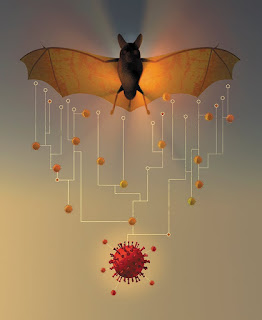The Israel-Palestine hostility is well known. A lesser known conflict is the one between secular Israelis and Israel’s Haredi Jews. Haredim are ultra-orthodox, custodians of traditional Judaism. They consider themselves to be the truer Jews. They believe in the strictly orthodox Rabbi leaders, many of whom are above 90, and in the Torah, Hebrew Scriptures.
David Ben-Gurion, the founding prime minister of
Israel, had the difficult job of negotiating between the proposed secular state
and the Haredi community. From Ben-Gurion to Netanyahu, every prime minister
has pandered to the community for political support. To please them, Ben-Gurion
exempted them from military service, made Saturday the official weekly holiday,
made kosher food mandatory in state canteens, and forbade civil marriages in
Israel. Haredi communities are allowed to run Yeshiva, their own religious schools, funded by the state, which
don’t teach core subjects like mathematics, science or the English language.
Nearly half of Haredi males choose not to work at all,
relying on state funding and philanthropic aid to feed their large families.
About 42% of Haredim live below the poverty line.
Haredi Jews make up 13% of the Israeli population. But
the percent will grow because Haredi women have on average 6.6 children,
secular women 2.2. 60% of Haredi Jews
are under 20, at least ten years younger than the national average. Believe it
or not, many Haredim call Israel an anti-Semitic state.
*****
The coronavirus pandemic reveals and highlights many
conflicts. Since the first lockdown, Haredi Jews refused to wear masks. Religious
schools continued teaching when all other schools were shut. Yaakov Litzman,
Israel’s health minister a year ago, is himself a Hasidic Jew. When Netanyahu
first ordered a shutdown of public gathering places including yeshivas and
ritual bathhouses, Litzman persuaded Netanyahu to exempt the Haredim from the
general lockdown. He argued that there was a higher law to consider. Netanyahu
agreed because another election was looming in a few months.
*****
Bnei Brak, just
east of Tel Aviv, is a concentration of Haredi Jews. It is the poorest and most
densely populated city in Israel.
Last April, it became clear Bnei Brak enjoyed no
divine protection from covid-19. The crowded study halls in the yeshivas and
jam packed ritual public baths turned Bnei Brak and other Haredi concentrations
into hot zones.
Keeping kosher in quarantine was a challenge. The
Israeli government tried to isolate coronavirus patients by carrying them in ambulances
to designated hotels. The residents of Bnei Brak refused to be evacuated. They
demanded written proof that food in the hotels would be kosher as certified by
their trusted rabbi.
*****
On 31 January, during Israel’s third lockdown, Rabbi
Meshulam Dovid Soloveitchik, 99 years old, died of covid. He was the head of an
elite school for ultra-orthodox Jews. A grand funeral was arranged. Later on
the same day, Rabbi Yitzchok Scheiner, 98 years old, also succumbed to the
virus. Another mass procession followed through Jerusalem.
Chaim Kanievsky, 93 years old, is another prominent
rabbi. He refused to shut the religious schools and reportedly said: we don’t
care what the law says, we are not going to obey.
Earlier the secular and Haredi communities lived as if
on two islands, each in their areas, rarely mixing. Bnei Brak was closed for
Sabbath, and a Gay Pride parade could happen in Tel Aviv. The infectious
disease showed Israel has no islands, everyone is connected and can affect one
another.
Haredi Jews are 13%, but had 36% of the infections.
One out of every 100 ultra-orthodox Jew over 60 died from covid, three and a
half times more than the general population. This was not a chance event.
London has 23,000 ultra-orthodox Jews. In London, the community had 64%
infections, one of the world’s highest rates of covid-19 infection. UK average
was 7%.
What was the positive impact of the pandemic on some
of the younger Haredi Jews? I will discuss that tomorrow.
Ravi









